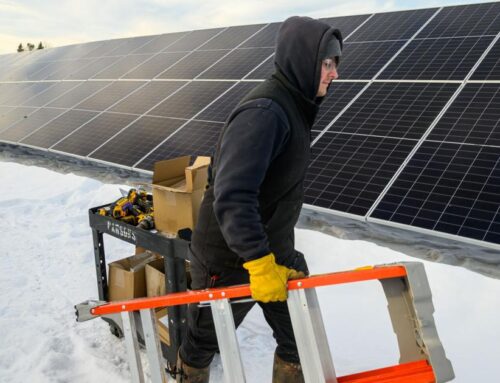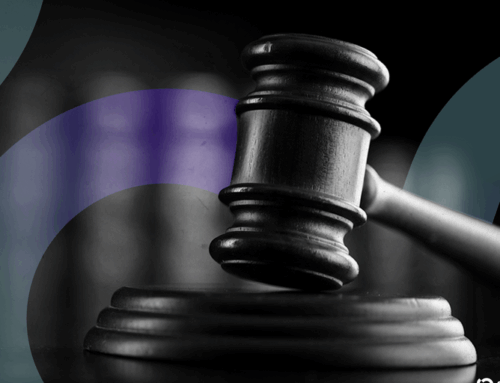Top 3 ways renewable energy is powering AI data centers
April 2, 2025
As artificial intelligence (AI) continues to expand, the demand for data centers has skyrocketed. AI applications require massive computing power, leading to higher energy consumption. Many AI data centers are turning to renewable energy solutions to address this challenge. These efforts aim to reduce carbon emissions, lower operational costs and ensure a stable power supply. Here are the top three trends in renewable energy for AI data centers.
1. Increased adoption of solar and wind power
One of the biggest trends in AI data centers is the growing reliance on solar and wind energy. These renewable sources provide a cleaner alternative to traditional fossil fuels.
Solar power
Many data centers are installing large-scale solar farms to generate their own electricity. Solar panels can be placed on-site or in remote locations with abundant sunlight. Advances in photovoltaic technology have made solar panels more efficient, allowing AI data centers to generate more power from smaller areas.
Wind power
Companies are also signing agreements to purchase wind energy from farms located in windy regions. Wind turbines generate a steady supply of electricity, making them an excellent choice for data centers that operate 24/7. Some companies are even investing in offshore wind farms, where wind speeds are higher and more consistent.
Some major artificial intelligence data centers are already using 100% renewable energy from these sources. The combination of solar and wind helps balance energy supply, ensuring reliable operations throughout the day and night.
2. Energy storage solutions for stable power supply
Renewable energy sources like solar and wind are not always consistent. The sun doesn’t shine at night, and wind speeds can vary. To ensure a steady power supply, AI data centers are investing in advanced energy storage solutions.
Battery storage
Large-scale battery systems, such as lithium-ion or flow batteries, store excess energy generated during peak production times. This stored energy can then be used when needed, reducing reliance on non-renewable backup power. Some companies are also exploring solid-state batteries, which offer higher energy density and longer lifespans compared to traditional lithium-ion batteries.
Hydrogen energy storage
Some data centers are exploring hydrogen fuel cells as a long-term energy storage solution. Hydrogen can be produced using excess renewable energy and then converted back into electricity when required. This technology is still developing but has the potential to provide clean, large-scale energy storage with minimal environmental impact.
3. AI-powered energy optimization
Artificial intelligence is not just consuming energy — it’s also helping to make data centers more efficient. AI-powered energy optimization systems are becoming a key trend in renewable energy management.
Smart energy management
Artificial intelligence can predict energy demand, adjust cooling systems and optimize power usage in real time. This reduces overall energy consumption and maximizes the use of renewable energy sources. For example, artificial intelligence can adjust cooling based on weather conditions, server workload and energy availability, significantly reducing waste.
Grid integration
AI-powered software can manage energy distribution by balancing power between renewable sources, battery storage, and the electrical grid. This prevents energy waste and improves efficiency. Artificial intelligence also enables dynamic energy pricing, where data centers can purchase electricity when renewable energy is abundant and costs are lower.
Predictive maintenance
Artificial intelligence can also monitor and predict when equipment needs maintenance, reducing downtime and improving system reliability. By analyzing vast amounts of data from sensors, AI can detect early signs of wear and tear, preventing unexpected failures and reducing energy waste.
Conclusion
AI data centers are becoming more sustainable by embracing renewable energy solutions. The increasing use of solar and wind power, the development of energy storage systems and the implementation of AI-driven optimization are the top trends shaping the future of green data centers.
Looking ahead, AI data centers will continue to explore emerging technologies like geothermal energy, advanced battery chemistries and AI-driven microgrid management to further enhance efficiency.
Search
RECENT PRESS RELEASES
Related Post



